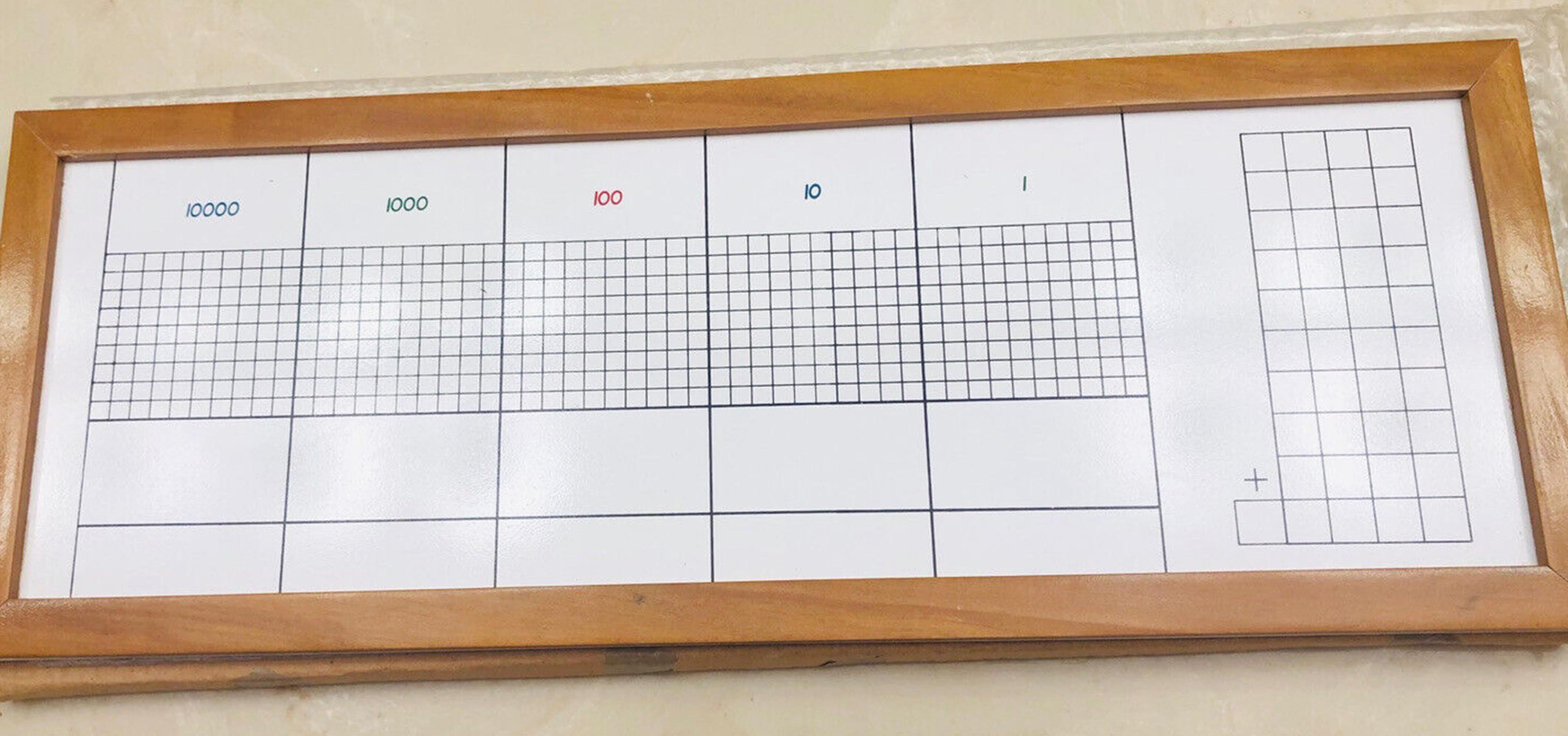The Dot Game is a popular activity in Montessori education, designed to help children develop their mathematical skills through play. This game, also known as the Montessori Bead Game, provides opportunities for children to explore mathematical concepts such as place value, addition, and multiplication in a fun and engaging way.
Introduction to Dot Game:
The Dot Game is typically played using a large wooden board with ten rows of ten dots, each row representing a power of ten. The game begins with the teacher presenting a number, and the child placing a bead on the corresponding dot. For example, if the teacher presents the number 245, the child would place a bead on the second row of dots for the 2, the fourth row for the 4, and the fifth row for the 5.
Once the child has placed the beads on the board, they can explore different mathematical concepts by manipulating the beads. For example, they can practise addition by combining beads from different rows to create a new number. They can also practise multiplication by counting the beads in each row and calculating the product.

Benefits of Dot Game:
- Develop mathematical skills in children: By using concrete materials such as beads and a board, children can visualise mathematical concepts and develop a deeper understanding of abstract ideas. The game also provides opportunities for children to practise problem-solving, critical thinking, and spatial reasoning skills.
- Promotes independence and self-direction in children: The game can be played individually or in groups, allowing children to work at their own pace and explore mathematical concepts in a way that suits their learning style.
Overall, the Dot Game is a valuable component of the Montessori curriculum, providing children with opportunities to develop their mathematical skills through play. By using concrete materials and engaging in hands-on activities, children can explore mathematical concepts in a fun and engaging way, laying the foundation for a lifelong love of learning and an appreciation for the beauty of mathematics.

